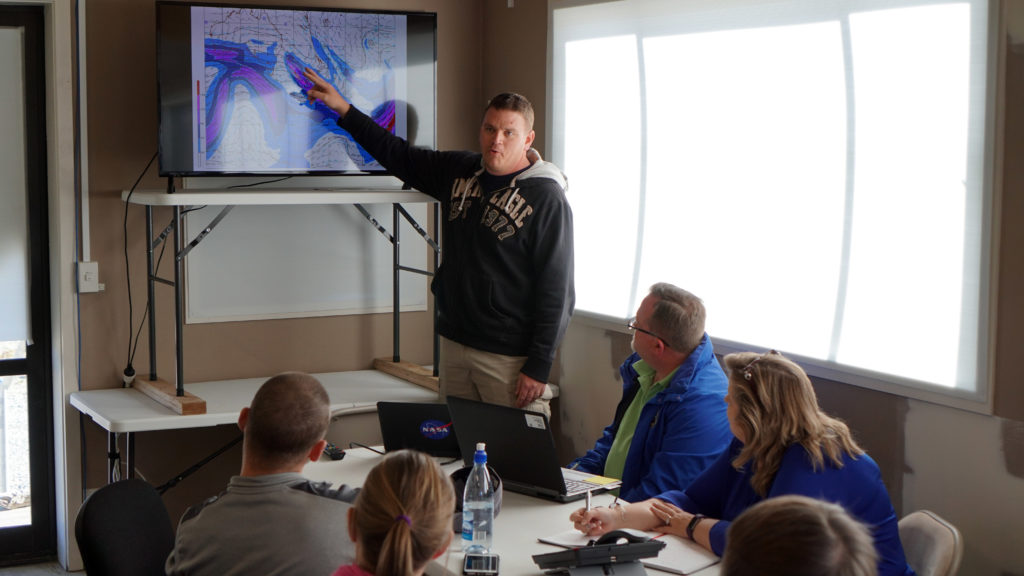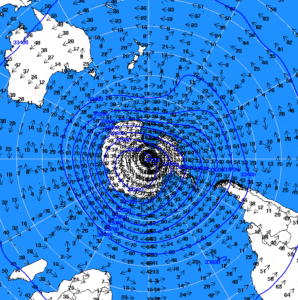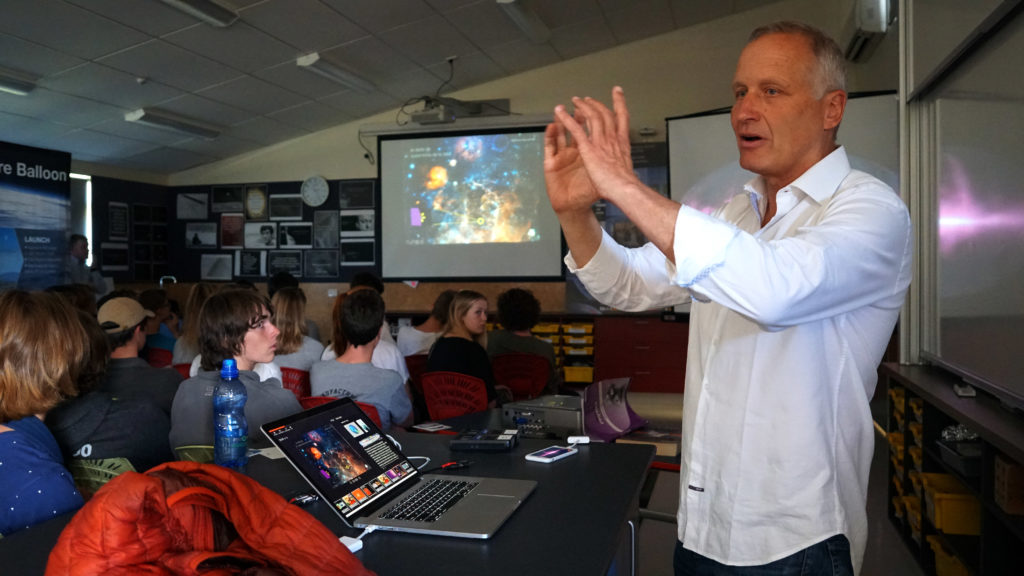
Of all the flight and launch vehicles NASA operates, none is perhaps as persnickety when it comes to weather as a scientific balloon. And of the two main types of balloons NASA flies—zero pressure and super pressure balloons—the super pressure is the most persnickety of all.
For launch, winds need to be light and flowing in a reliable direction both at the surface and at low-levels up to 300 meters (winds flowing in opposite directions on the ground and lower levels could have a shearing effect on the balloon). In addition, the balloon needs to launch into a weather phenomenon known as the stratospheric winter cyclone, characterized by wind vectors traveling easterly about Antarctica with the cyclonic behavior extending into the southern hemisphere’s mid-latitudes.
For NASA’s Super Pressure Balloon campaign in Wanaka, New Zealand, the past two days—March 29 and 30—have been near perfect days to locals and visitors alike: low wind, abundant sun, warm weather (but not too warm).

However, some 33.5 kilometers high in the stratosphere, a small eddy developed above Wanaka characterized by very light, variable stratospheric winds.
Along with winds being just slightly too fast at the surface and thus not conducive for launch, launching into these types of stratospheric conditions would have led to the balloon slowly meandering above the region for an extended period of time driving up risk factors beyond NASA’s stringent safety standards. Ideally, stratospheric winds will propel the balloon well to the east so that the balloon pressurizes and reaches its float altitude either over a largely unpopulated land area or, better yet, over the water.
With rain forecast for most the weekend, the team continues to wait out Wanaka’s weather for a balloon-weather day.
In the meantime, members of the team are engaged in a number of outreach activities around the area. The Extreme Universe Space Observatory-Super Pressure Balloon team gave a presentation on their mission and related science topics to 12th graders from Wanaka’s Mount Aspiring College March 29 and 30. Additionally, members of the NASA and Columbia Scientific Balloon Facility teams attended the Wanaka Chamber of Commerce’s monthly meeting and reception March 29. Additional outreach activities are planned throughout the campaign.

